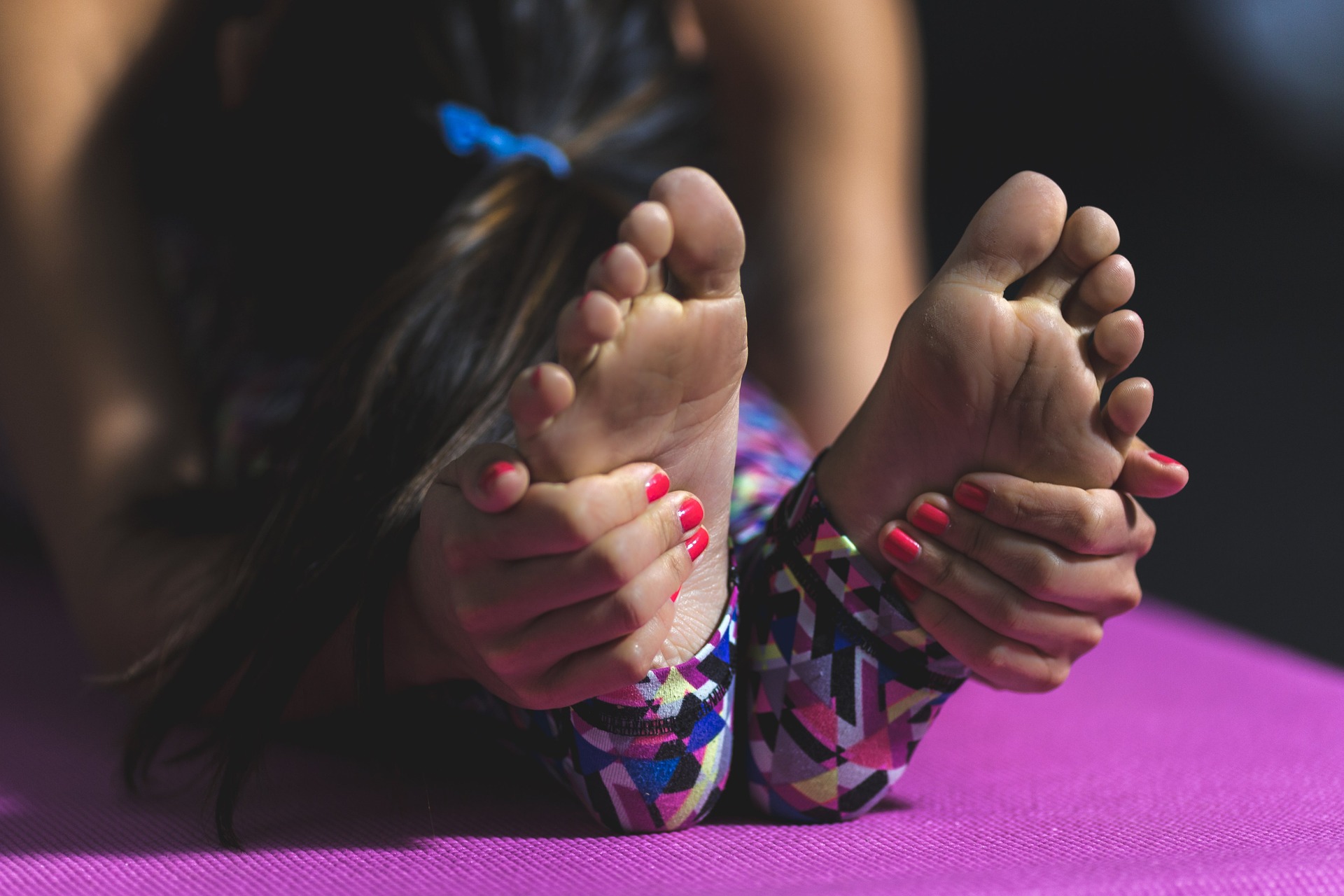
Homeless young adults are less flexible and more likely to suffer from poor musculoskeletal health than their college-going peers living in dorms or off-campus housing, a Loyola Marymount University study has found.
The study published in July in the International Journal of Exercise Science evaluated the results of stretch tests given to 40 homeless young adults in West L.A. and 45 LMU students. The research team found that, overall, the homeless respondents were less flexible, likely because of their constant over reliance on the musculoskeletal system for transportation, coupled with a lack of adequate rest and a comfortable place to sleep.
Because regular stretching is essential to decreasing the risk of musculoskeletal injury, the lived experience of these individuals may be physically crippling over time, the study states. The findings may serve as the impetus for establishing preventive health services that focus on flexibility – such as yoga or Pilates – and supplement existing counseling and addiction programs, the study states.
“Homeless young adults have to carry all of their stuff with them. They may or may not have had much sleep the night before,” said Heather Tarleton, health and human sciences associate professor in LMU’s Frank R. Seaver College of Science and Engineering, and the study’s senior author. “While being homeless, your body ages dramatically. The longer that you’re in that homeless experience, it magnifies.”
Tarleton conducted the research in 2016-17 with two former students, LMU alumnae Marina Marmolejo and Makda Medhanie. Both women are now pursuing master’s degrees in public health; Marmolejo is at Yale University, and Medhanie, George Washington University.
At LMU they were active in the campus volunteer organization Center for Service and Action, and were scholars of the Clinton Global Initiative, which inspires students to pursue solutions to global challenges. Through CGI, they used their platform to emphasize the importance of the physical health of homeless women.
Marmolejo was also a student in Tarleton’s course, “Health and Well Being in Homeless Communities,” and learned about homelessness by stepping outside the classroom and attempting to live on the streets of downtown Los Angeles for four days and three nights.
“After the class I was convinced that this was the population I wanted to dedicate my academic career to, in hopes of lessening the burden for now 53,000 homeless Angelenos,” Marmolejo said. “By understanding the musculoskeletal disparities between homeless youth and university students, service providers can advocate for more programs and policies that highlight preventive exercises, such as yoga and Pilates.”
The team used stretch tests to assess the respondents’ hamstrings, hip flexors, calves, trunk and back muscles, and determined that homeless young adults were less flexible in every assessment than their college-going peers. Respondents were also asked to report levels of depression over a four-week period; homeless young adults with higher levels of education were more depressed than others surveyed, the researchers found.
Tarleton said it’s important to understand that those who are forced to be physically active because they are homeless are not necessarily physically fit. She added: “We need to focus on stress relief and community safe houses that offer quiet places for reflection and relaxation.”



